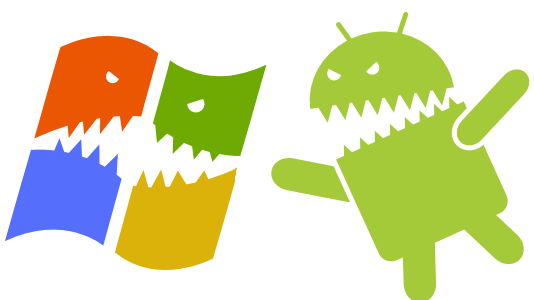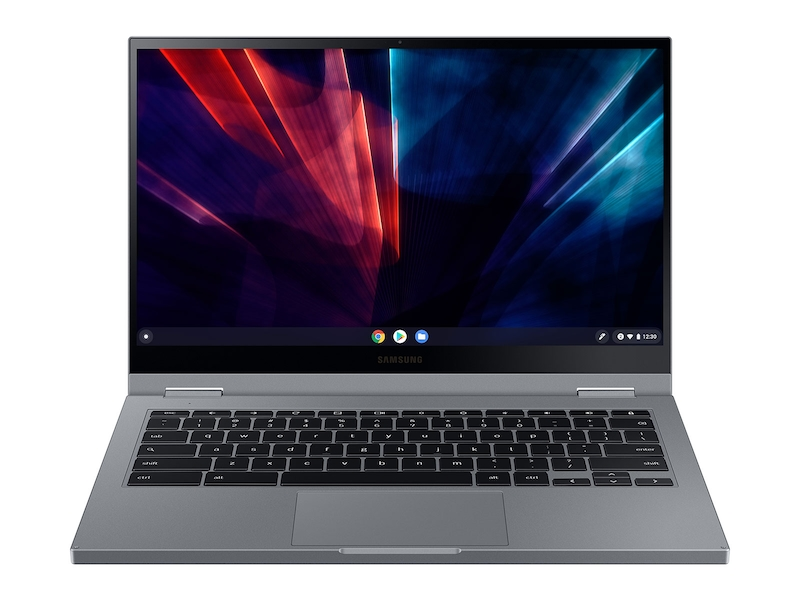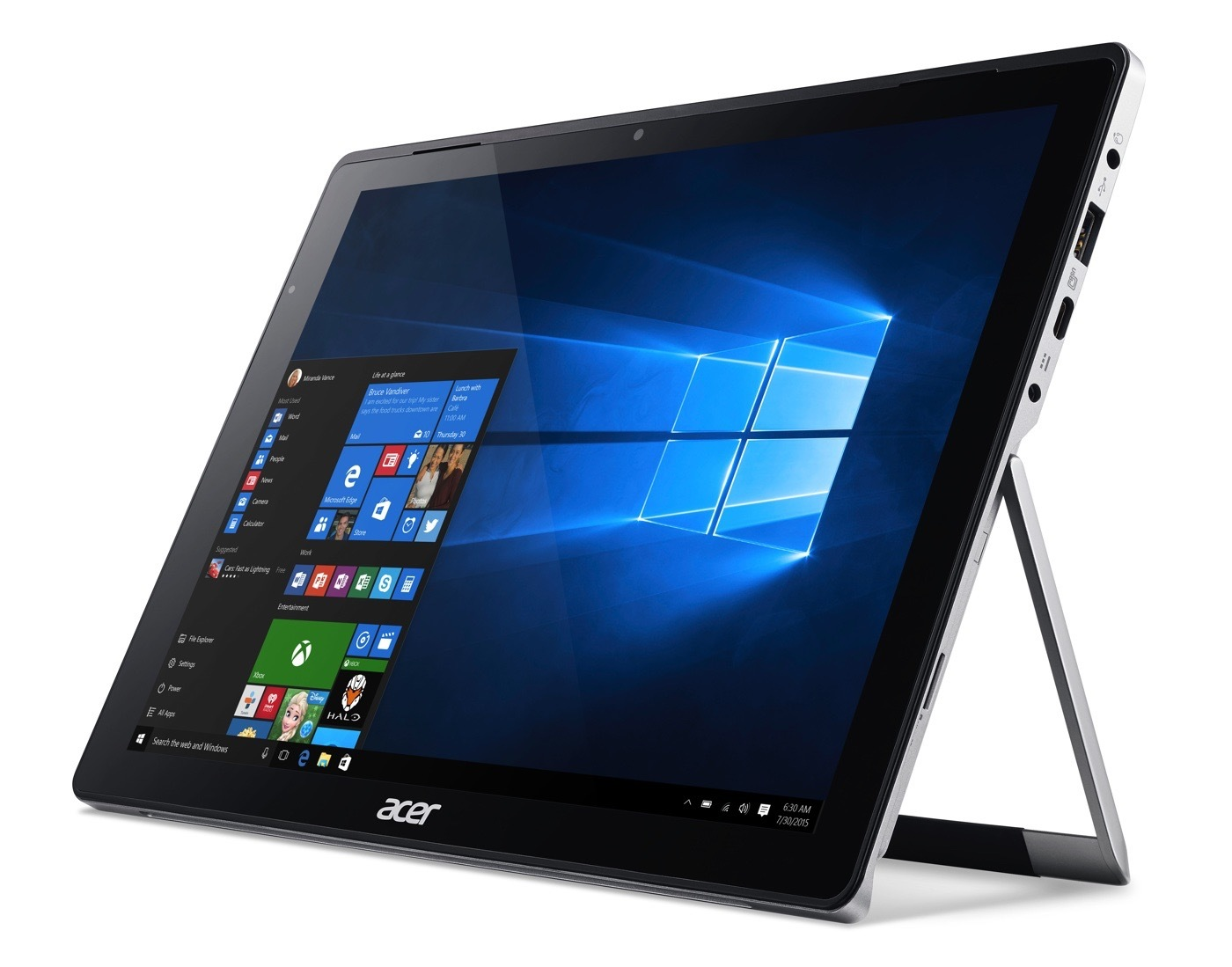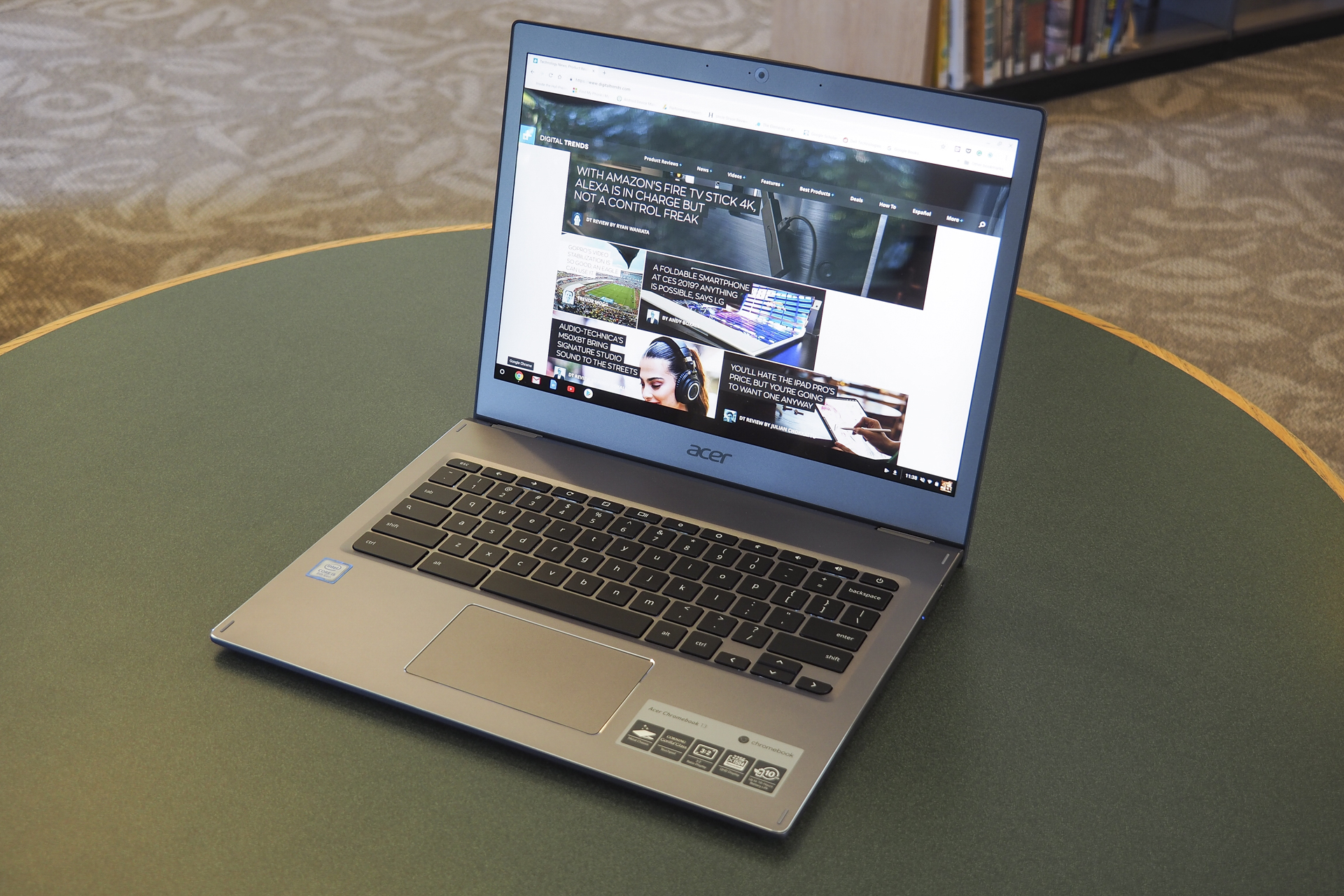The clash of giants in the realm of operating systems is heating up as Windows vs Android in PCs takes center stage. For years, Android has outpaced Windows in the mobile sector, but manufacturers are now redefining the traditional landscape of personal computing that Microsoft has long dominated. The upcoming Consumer Electronics Show (CES) is set to showcase a slew of innovative devices, dubbed the “PC Plus initiative,” enabling users to run both Windows 8.1 and Android applications on the same machine. Notably, these new clamshell-style laptops, likely equipped with touch screens, promise to offer a competitive edge over traditional Windows PCs, thanks to Android’s diverse app ecosystem. This burgeoning trend could signal a significant shift in Windows’ market share while simultaneously complicating the app development dynamics for Windows, as developers may pivot towards the more popular Android platform.
In the evolving landscape of computing, the competition between the Windows platform and Android systems is becoming increasingly pronounced. As tech giants explore new frontiers, alternative operating systems like Android are gaining traction on personal computers, challenging Microsoft’s longstanding dominance. At the forefront of this transition is the imminent roll-out of dual-boot systems, allowing users to effortlessly switch between powerful Windows applications and a rich array of Android applications. As showcased at events like CES, these advancements are not just about hardware; they signify a potential revolution in how consumers interact with technology. The rise of these hybrid systems could initiate a profound transformation in user preferences and developer priorities, paving the way for a more versatile computing experience.
Understanding the PC Plus Initiative and Its Implications
The PC Plus initiative represents a significant shift in the landscape of personal computing. It allows manufacturers to create systems that can run both Windows and Android applications, essentially merging two dominant operating systems into a single device. This innovation is not just a technological advance; it reflects a response to the changing demands of consumers, who are increasingly looking for flexibility and versatility in their computing devices. By enabling users to access a wider array of applications, especially those prevalent on Android, the PC Plus systems could redefine user expectations and behavior within the traditional PC market.
As this initiative unfolds, we can expect a rise in dual-boot systems that provide users with the freedom to choose between their preferred operating system. This could lead to a decline in Windows’ market share, particularly if users find Android applications more appealing or user-friendly. The integration of touch-based applications within these new systems, as highlighted by key industry analysts, indicates that manufacturers are not only trying to appeal to current Windows users but are also looking to tap into the vast ecosystem of Android applications that are currently more popular among developers and consumers alike.
Frequently Asked Questions
What are the implications of the PC Plus initiative for Windows vs Android in PCs?
The PC Plus initiative aims to bridge the gap between Windows and Android operating systems by allowing dual-boot systems that can run both Windows 8.1 and Android applications. This could lead to increased competition in the PC market, challenging Windows’ dominance as users might prefer the flexibility of running Android apps alongside traditional Windows ones.
How does the Windows market share compare to Android applications in PCs?
Currently, Windows holds a significant market share among traditional PCs; however, the growing interest in Android applications is problematic for Microsoft. With about 80% of mobile developers favoring Android over Windows, the potential for dual-boot systems could shift user preference, threatening Windows’ market share in the long run.
Will the launch of devices running both Windows and Android applications affect the Consumer Electronics Show (CES)?
Yes, the introduction of dual-boot systems at CES is expected to create substantial buzz, according to analysts. Major PC manufacturers plan to promote these new computers, which might revolutionize how consumers interact with operating systems, spotlighting the competition between Windows and Android.
Can users expect a significant change in app availability with dual-boot systems for Windows and Android?
Yes, dual-boot systems are expected to address the app gap between Windows and Android. While Windows applications have been limited, the ability to run Android applications on Windows-based PCs may enhance user experience, providing access to a broader range of applications.
What threat does the rise of Android applications on PCs pose to Microsoft?
Microsoft faces a significant threat from the rise of Android applications in the PC market as users become more accustomed to using Android on traditional computers. If this trend continues, it could weaken Windows’ market share and deter developers from creating native Windows applications, impacting Microsoft’s overall business strategy.
How are major PC manufacturers responding to the competition between Windows and Android in the PC market?
Major manufacturers like Dell, HP, Acer, and Lenovo have introduced competitive products such as Chromebooks that challenge Windows’ supremacy. The initiation of the PC Plus initiative demonstrates a strategic shift aimed at accommodating the growing demand for Android applications in traditional PC formats.
Could dual-boot systems lead to a decline in Windows usage in the future?
Potentially, yes. If dual-boot systems that allow easy access to Android applications gain traction, users may prefer Android over Windows. This shift could lead to a gradual decline in Windows usage as consumers adapt to alternative operating systems, especially if developers prioritize Android app creation.
| Key Points | Details |
|---|---|
| Threat to Windows | PC manufacturers are targeting the traditional PC market with devices running both Windows and Android applications. |
| PC Plus Initiative | New clamshell-style laptops expected to run both OSs, featuring touch screens, announced at CES. |
| App Gap | Only 33% of developers are interested in creating apps for Windows, compared to higher percentages for Android. |
| Potential for Dual Boot Systems | New PCs might allow users to boot directly into Android instead of Windows. |
| Developer Concerns for Microsoft | If users prefer Android on PCs, developers might shift focus from Windows to Android applications. |
| Market Strategy | Microsoft is running an anti-Chrome campaign due to fear of alternative systems. |
| Long-Term Implications | Both PC Plus and Chrome may pose long-term threats to Windows’ market share. |
Summary
Windows vs Android in PCs presents a significant shift in the computing landscape as traditional PC manufacturers introduce devices that incorporate both operating systems. This emerging competition poses a threat to Microsoft’s Windows as users may become accustomed to Android applications running on their PCs, potentially transitioning away from Windows entirely. With a noticeable app gap and increasing interest in dual-boot systems, Microsoft must adapt to avoid losing its dominant position in the market.



